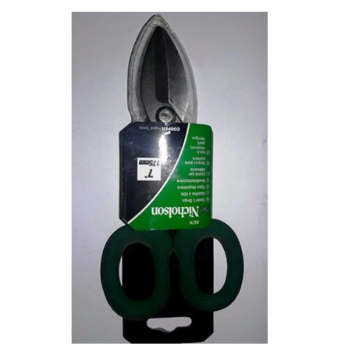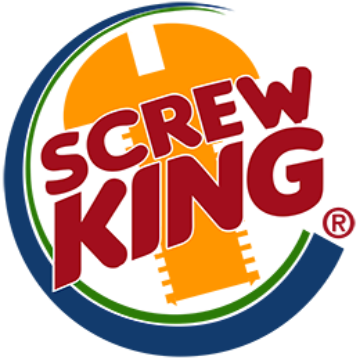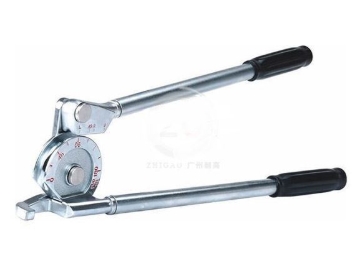Hand Tools
Asian First Brand 1/4" Ridgid Type Tube Bender - Heavy Duty - CT364A Series
CT-364A-04
1/4" Ridgid Type Tube Bender - Heavy Duty - CT-364A Series
₱1,059.00
Asian First Brand 3/4" Ridgid Type Tube Bender - Heavy Duty - CT-364A Series
CT-364A-12
3/4" Ridgid Type Tube Bender - Heavy Duty - CT-364A Series
₱4,565.00
Asian First Brand 3/8" Ridgid Type Tube Bender - Heavy Duty - CT364A Series
CT-364A-06
3/8" Ridgid Type Tube Bender - Heavy Duty - CT364A Series
₱1,882.00
Asian First Brand 5/16" Ridgid Type Tube Bender - Heavy Duty - CT364A Series
CT-364A-05
5/16" Ridgid Type Tube Bender - Heavy Duty - CT364A Series
₱1,118.00
Asian First Brand 5/8" Ridgid Type Tube Bender - Heavy Duty - CT-364A Series
CT-364A-10
5/8" Ridgid Type Tube Bender - Heavy Duty - CT-364A Series
₱3,824.00
Asian First Brand 7/8" Ridgid Type Tube Bender - Heavy Duty - CT-364A Series
CT-364A-14
7/8" Ridgid Type Tube Bender - Heavy Duty - CT-364A Series
₱5,059.00
CHAIN SHACK
CSU-UT
CHAIN SHACK( U Type)
Galvanized U-Type Shackle (Chain Type)
CHAIN SHACK (U-TYPE) is a heavy-duty and versatile link used in various industries for secure connections, lifting, towing, and rigging applications.
From ₱16.00
Crescent Curved Jaw Combination Slip Joint Pliers H26N
H26N
Curved Jaw Combination Slip Joint Pliers H26N
₱297.00
Crescent Curved Jaw Combination Slip Joint Pliers - Boxed H28N
H28N
Curved Jaw Combination Slip Joint Pliers - Boxed H28N
₱361.00
Crescent General Purpose Diagonal Cutting Pliers - Carded 9336CVN
9336CVN
General Purpose Diagonal Cutting Pliers - Carded 9336CVN
₱915.00
Crescent Heavy-Duty Diagonal Cutting Pliers - Carded 5427CVN
5427CVN
Heavy-Duty Diagonal Cutting Pliers - Carded 5427CVN
₱950.00
Crescent Heavy-Duty Diagonal Cutting Pliers - Carded 5428CVN
5428CVN
Heavy-Duty Diagonal Cutting Pliers - Carded 5428CVN
₱1,100.00
Crescent High Leverage Linesman's Pliers 20509CVSMLN
20509CVSMLN
High Leverage Linesman's Pliers 20509CVSMLN
₱1,350.00
Crescent Long Chain Nose Solid Joint Pliers 10336CVNN
10336CVNN
Long Chain Nose Solid Joint Pliers 10336CVNN
₱752.00
Crescent Long Chain Nose Solid Joint Side Cutting Pliers 6546CVSMLN
6546CVSMLN
Long Chain Nose Solid Joint Side Cutting Pliers 6546CVSMLN
₱950.00
Crescent Long Chain Nose Solid Joint Side Cutting Pliers 6547
6547
Long Chain Nose Solid Joint Side Cutting Pliers 6547
₱1,100.00
Crescent Side Cutting Solid Joint Pliers 508CVN
508CVN
Side Cutting Solid Joint Pliers 508CVN
₱1,250.00
Dewalt Grinding Disc, Metal Grinding Wheel, General Purpose for Metal, 7" , DW4547A-B1
DW4547A-B1
Dewalt Grinding Disc, Metal Grinding Wheel, General Purpose for Metal, 7"
₱130.00
₱84.50
Dewalt Saw Blade for Wood Cutting Saw Blade, 7-1/4 x 60T DWA03760-B1
DWA03760-B1
Dewalt Saw Blade for Wood Cutting Saw Blade, 7-1/4 x 60T
₱900.00
₱585.00
Dewalt Stainless Cutting Disc, Ultra Thin Cut-Off Wheel Cutting Disc, Cutting Wheel for Angle Grinder (4" Stainless, 14"Metal ), DWA8060
DWA8060
Dewalt Stainless Cutting Disc, Ultra Thin Cut-Off Wheel Cutting Disc, Cutting Wheel for Angle Grinder (4" Stainless, 14"Metal )
₱60.00
₱39.00
Min:
₱0.00
Max:
₱1,723,800.00
₱0
₱1723800

























































